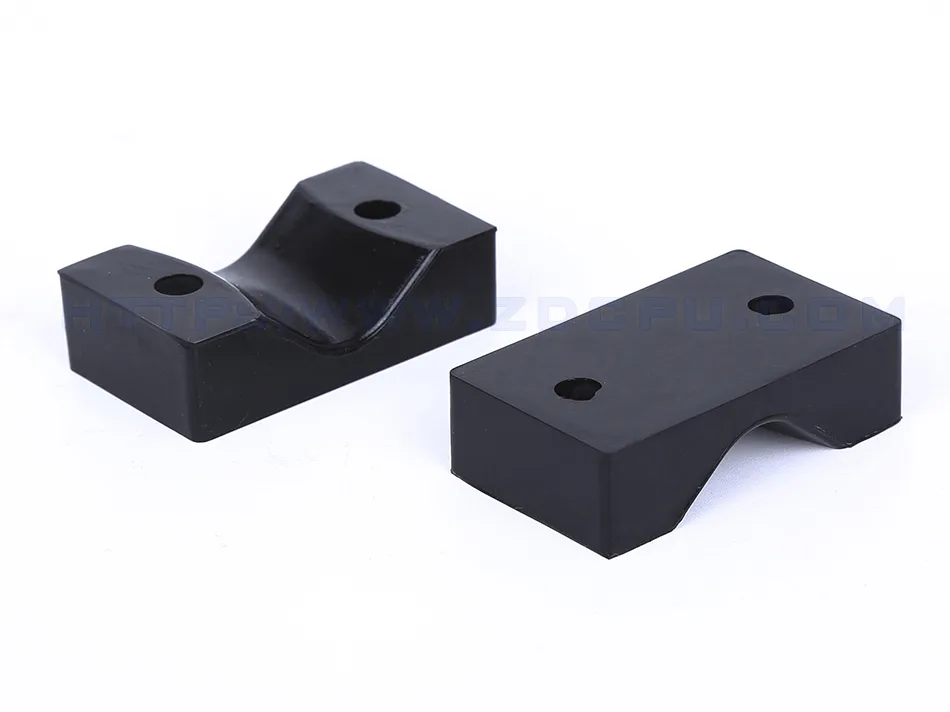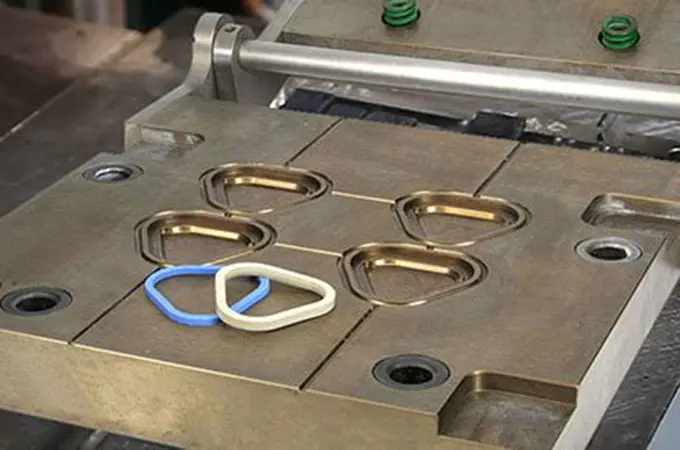
Home » TPE

TPE
Material Type
Rubber
Material Full Name
Thermoplastic Elastomer
Process Compatibility
Injection Molding, Extruding
List of Elastomer & Rubber Material
List of Plastic Material
List of Metal Material
TPE Description
Price
$$$$$
Strength
Unique combination of flexibility, resilience, and processability, good elasticity and softness.
Weakness
Automotive components such as weatherstripping and interior trim, consumer products like soft-touch grips on tools and handles.
Common Application
Automotive weatherstripping, seals, and gaskets, roofing membranes, pond liners, and electrical insulation.
What is TPE Material?
Thermoplastic elastomer, or TPE are flexible materials with rubber-like properties. Unlike traditional rubber, TPEs are true thermoplastics with a similar process to plastic. TPE do not require vulcanization or curing, they can be processed using injection molding and extrusion. Thermoplastic elastomers are versatile and can be processed using advanced processing techniques such as overmolding and two-shot injection molding, as well as secondary processes such as welding and bonding to other materials. This flexible processing allows for complex part designs and easy bonding to a variety of thermoplastic substrates.
Properties at a Glance
*Pease note: The following material properties are for reference only. Actual values may vary depending on the selected material brand.
| Property | Metric | English |
|---|---|---|
| Density | 1-1.36 g/cm³ | 62.43 - 84.82 lb/ft³ |
| Shore Hardness A | 30-95 | 30-95 |
| Tensile Strength | 2.00-56.5 MPa | 290-8200 PSI |
| Elongation at Break | 400-650% | 400-650% |
| Min Temp. | -60~-40°C | -76~-40º F |
| Max Temp. | 68°C~160°C | 154~322º F |
How Additives Improve TPE Properties
Additives can be combined in various combinations to achieve specific performance requirements of TPE materials, here are commonly used additives,
- UV Stabilizers: UV stabilizers protect TPEs from degradation caused by exposure to ultraviolet (UV) radiation, like hindered amine light stabilizers (HALS) and benzotriazoles.
- Antioxidants: Antioxidants prevent oxidative degradation of TPEs by inhibiting chain scission reactions induced by oxygen and heat. Hindered phenols and phosphites are widely used antioxidants in TPE formulations.
- Flame Retardants: Flame retardants reduce the flammability of TPEs and improve their fire resistance, including brominated compounds, phosphorus-based compounds, and magnesium hydroxide (MDH).
Get Custom TPE Parts with Zhongde
Are thermoplastic elastomers safe to use?
Thermoplastic elastomers are suitable for use in various products because of their low toxicity and conformance with medical and food requirements. In food contact applications like baby spoons and healthcare applications like dental guards, TPEs are also safe to use.
How does the durability and lifespan of TPE compare to traditional elastomers like rubber?
Compared to rubber, TPEs often offer superior flexibility, allowing them to withstand repeated bending and stretching without permanent deformation. They also tend to maintain their mechanical properties over a wider temperature range. So TPEs generally offer good durability and a long lifespan compared to traditional rubber elastomers.
How are TPE processed?
TPEs are technologically very attractive. This is because they can be processed as thermoplatics. This is done by using existing conventional thermoplastic machinery. TPE is utilized in all the major fabrication processes, like injection molding, extrusion, 3d printing.




